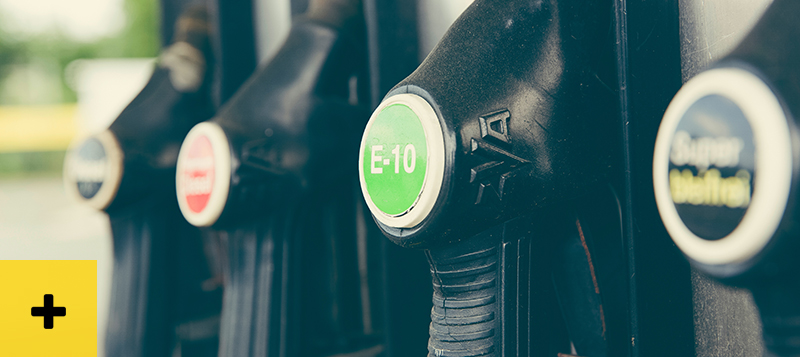By now everyone with a car would have noticed the welcome drop in fuel prices at the pump. As much as we don’t like to look a gift horse in the mouth, it still begs the questions of why the prices have gone down in the first place.
It’s politics – geopolitics in fact.
At a recent OPEC meeting Saudi Arabia decided not to cut back on oil production in spite of weakening global demand for oil. Their reason – they want to hurt the newcomers to the oil market.
The United States, once dependant on Middle Eastern oil, have seen a number of new producers start drilling for and producing their own oil. Because their production costs are much higher than what they are in the Middle East, by drastically lowering oil prices just for a few months the Saudis are trying to hit the US producers in the hope of knocking a few of them out of the market.
We’re yet to see if the drop in prices had the intended results on US producers, though for now fuel prices have started to rise again. It’s unclear as to whether the prices will return to their former highs or taper off as a result of weakening global demand.
Types Of Fuel
Another question people often have at the pump, but are usually too embarrassed to ask, is “what’s the difference between the fuels?”
At most petrol stations in Australia there will be about three different unleaded fuels on offer. These are you E10, regular which is 91, and a premium option that’s either 95 or 98. But what does all this mean?
E10 Fuel
With E10, the 10 stands for the percentage of the fuel that’s made up by Ethanol, a renewable fuel that helps reduce Greenhouse Gas emissions. Most vehicles can run safely on E10 fuels, though you should check your car on the Federal Chamber of Automotive Industries website to be sure.
Because 10% of the fuel is made up of Ethanol, E10 fuel does have a lower energy value than regular or premium petrol. For many drivers this difference will be almost unnoticeable, particularly if you’re driving is mostly for short trips.
Regular 91, Unleaded 95 and Premium 98
With these fuels the number refers to the fuel’s RON or Octane rating. The higher a fuel’s Octane rating, the more compression the fuel can stand before detonating, which usually results in a smoother running engine.
If your fuel has an Octane rating too low for your car’s engine, you may notice a knocking sound which is a result of the fuel igniting too early from pressure rather than your car’s ignition. It’s not dangerous, but it does mean you’ll burn through more fuel than you need to.
What Fuel Is Best For My Car?
Some cars, particularly your sports performance vehicles, will specify that they need the Premium 98 fuels. While the premium fuels will often provide better fuel economy and keep the engine running a little cleaner, it really comes down to the individual car and driver.
If you want to know which fuel is better for your car in terms of price, test out the different fuels in a tank by tank comparison. With each full tank compare the distance you can travel in your normal weekly routine.
Some cars may show little difference in kilometres from regular to premium, in which case go for the cheaper of the two. For many new cars though, the premium fuels will result in better fuel economy, making them the better option.
If your car is chewing through fuel and you’d like a more economical model we’d be happy to talk to you about car finance for a new or used car. Just contact us to talk to one of our friendly staff or apply online to get things moving today.




